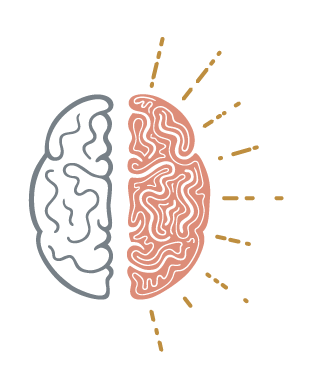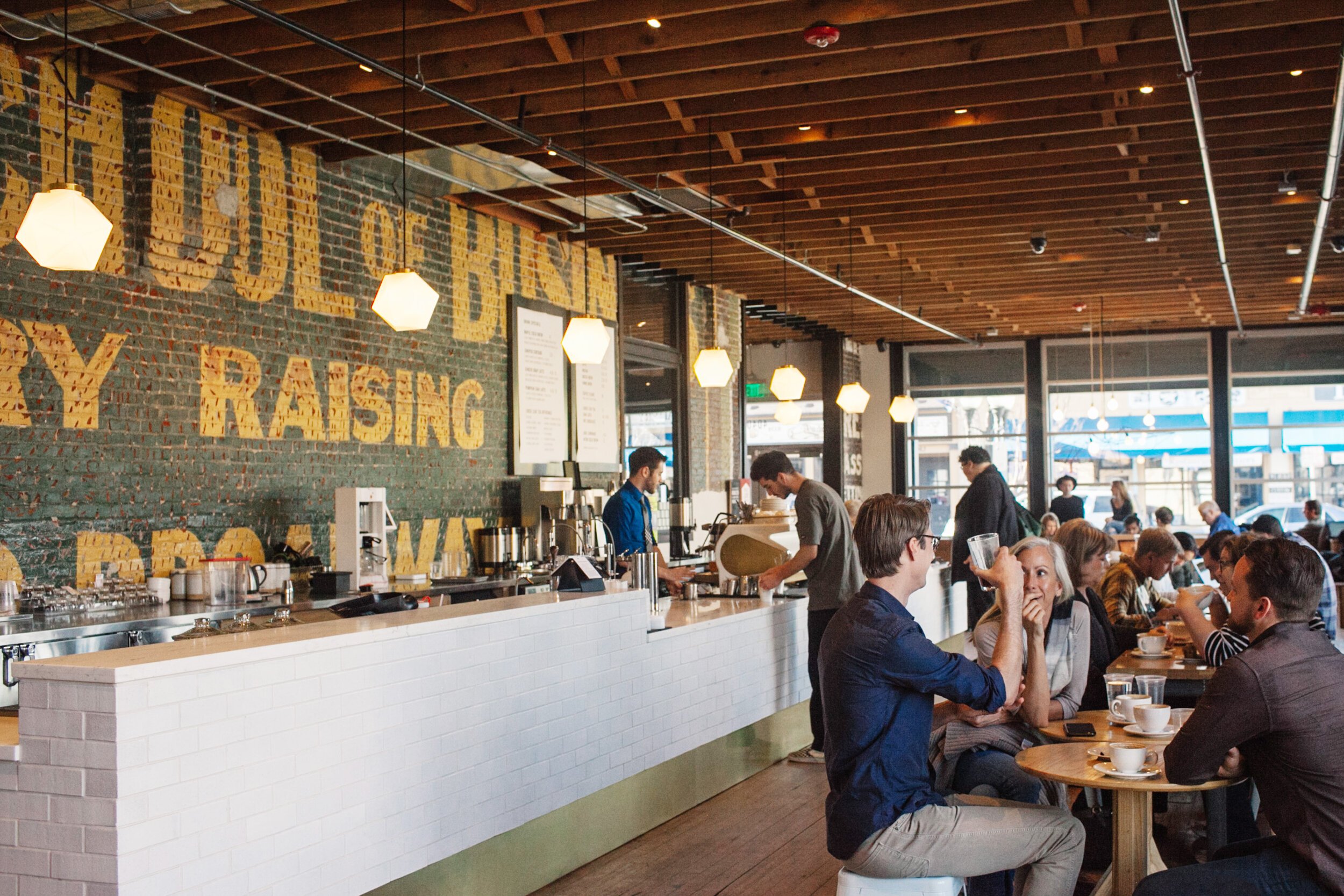How to Choose the Right Creative Team for Your Project
Whether you’ve previously worked with freelancers and agencies or are seeking contract services for the first time, one of the most important steps in that process is establishing creative fit. At Cognoscenti Creative, this process is essential to how we navigate new client relationships, as we only take on projects where we feel we are the best possible resource. So how exactly do you, as a client, go about making that decision? Below are a series of questions to guide your thought process.
1 —
What are your business goals, and how can creative work support them?
Before you reach out to any creative teams, it’s helpful to clearly identify the tangible goal(s) you’re hoping to achieve. If that agency or freelancer is a good fit, they should be able to address how their services can help support that goal or inform you if there are alternative services that might be more helpful.
2 —
Are you getting everything—or less / more—than you asked for?
Many agencies have standardized processes in place for larger projects like branding or website work. Beyond the question of budget, it’s essential for you to consider whether the tangible deliverables included in that process actually benefit your business—i.e. whether you’re getting more or less than what you need. At Cognoscenti Creative, while we have certain aspects of our process that we require in order to do our best work, we also adapt every project’s deliverables to fit the specific needs of our clients.
3 —
What kind of partnership or support are you seeking?
Some clients have a very clear sense of their brand’s identity and the assets they would like to create. Others are seeking a more collaborative relationship with a creative team who can guide them through the strategy—the why—behind creative choices. When seeking brand partners, it helps to know whether you’re looking for straightforward execution or a deeper partnership and to directly ask what kind of relationship a creative team typically provides to their clients.
4 —
What is their special sauce?
While many agencies or creative groups claim to be “full service,” typically there are certain areas where they excel and others where they have less experience. Don’t be afraid to ask what they do best and which services they execute in-house (versus farming out to freelancers). For example, at Cognoscenti Creative, we only take on projects with a content-first approach or a desire to enhance a brand’s storytelling. If that isn’t a client’s priority, we happily refer them to another creative group in our network. We also communicate transparently about our partnerships with other freelancers if there are skill sets required beyond our core competencies.
5 —
Is there anything in their portfolio that looks like your project?
While many creative teams are capable of playing in different mediums and styles, if you have a specific direction in mind—for example, graffiti-inspired artwork or punchy sales copy—don’t be afraid to ask for similar examples of work. Reputable creatives only want to take on projects where they can succeed and please the client, so most groups will be more than happy to let you know if what you have in mind lives in their wheelhouse.
6 —
Are you looking for a creative fling or a long-term relationship?
Put simply, are you anticipating that your current creative needs may be the first of many? Or will you no longer need external creative support once you accomplish this particular project? Make sure to ask a potential contractor about their relationships with past clients. Some excel at quick-turnaround, one-time projects, while others work incrementally with clients over many months or years. And don’t be afraid to ask for testimonials or references from past clients!
These questions will not only aid you in making an informed decision, but they will help you understand the thought process and business structure of potential creative collaborators. Rather than relying on a well-worn sales pitch or the content of a portfolio, these deeper inquiries can reveal what it might be like to collaborate on a future project.



